Safety & Operations Management Platform
Cloud platforms are reshaping the way companies purchase technology and EHS Solutions are no different.
Want to know more? Download leading research from Verdantix’s recent survey of 50 North American firms and see how they consider platforms when investing in EHS.
What sets ITRAK 365 apart from other EHS Software?
Unlike most EHS solutions, ITRAK 365 is built on the Microsoft Power Platform. This allows organizations to leverage their Microsoft investment with an enterprise solution that doesn't need external integrations and can provide a one stop shop for all your processes including Environment, Health, Safety, Operations and more. Utilizing Microsoft tools that organizations already use and love creates stronger user engagement and overall data collection and insights. With a platform based solution, users have single sign-on across Microsoft and ITRAK 365 tools, making it look and feel like one solution for more efficient and user friendly day-to-day tasks.





Power Apps
Teams
Power Automate
Power BI
Outlook
EHS Industry Experts
We aren't just software experts. We have a team of highly trained and experienced Environment, Health and Safety professionals that understand what your team needs when it comes to standards and requirements. Need safety expertise on your team? We can help!
One source for all your data
Having all your data across the organization in one place sounds hard to do, but with ITRAK 365 collecting and storing data with Microsoft's Power Platform and Dynamics 365, all your data protected and shared through the Dataverse, giving your organization accurate and trustworthy data.
Utilizing the best of Microsoft
Being built on the Microsoft Power Platform means ITRAK 365 doesn't need complicated integrations to use Microsoft's stack of powerful tools. With full integration inside Teams, Powerful insights with Power BI, high security standards and more, you will get the full Microsoft experience!
EHS & Operations software for your industry
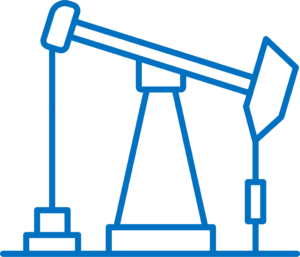
Energy
Use a solution with years of experience in the Energy industry. Processes built for Energy companies, made by Energy companies.

Public Sector
Managing confidential information, to streamlining safety processes effectively and quickly through a diverse group of long-term and short-term employees and contractors.
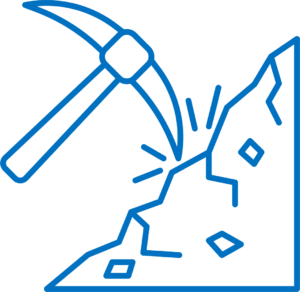
Mining
Experience a solution designed with mining companies in mind. Developed by industry experts, ITRAK 365 provides tailored processes and features that meet the unique demands of the mining sector.
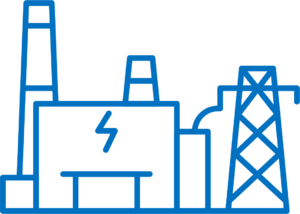
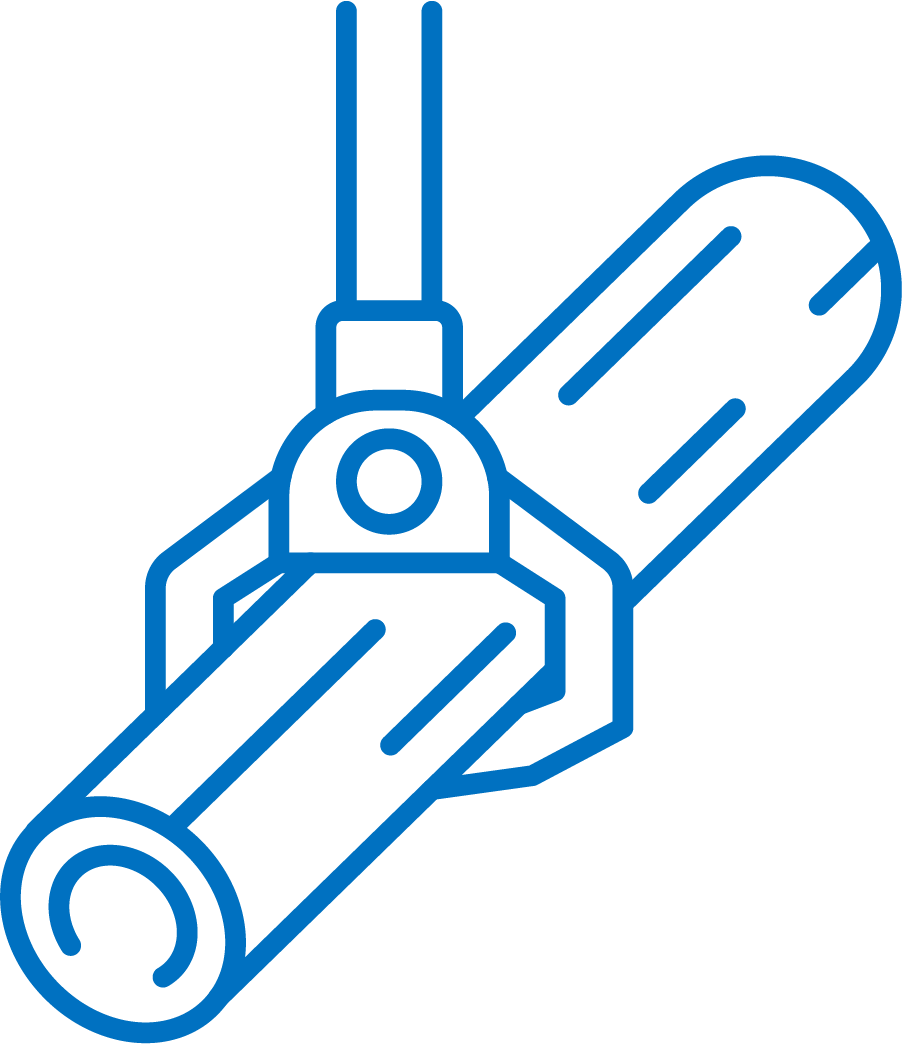

Others
A few satisfied customers
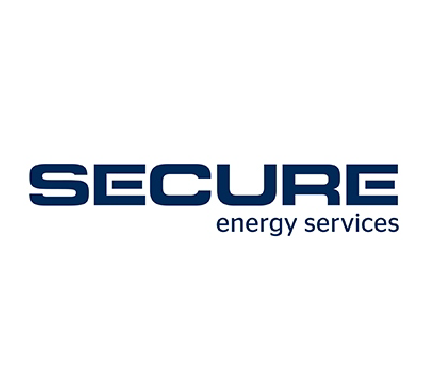
"Many could mistake what we are doing as electronic forms and fancy Power BI dashboards; they would be vastly underestimating what we've assembled with ITRAK 365. I say this because we view this application as a critical part of our business. Our organization has integrated ITRAK 365 into our daily routines enabling us to sustainability collect, organize and present trusted data insights and use that information to strategically assess how our organization is operating. This unparalleled visibility has enabled us to create a best in class safety mindset and continues to help us be more confident and agile in our decision making – that ultimately is the power of the solution we’ve deployed".
Corey Higham - COO at SECURE ENERGY
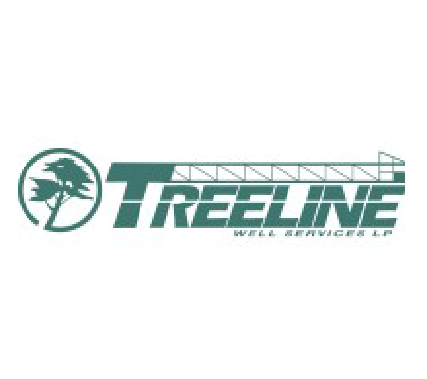
"In the service industry, technology adoption has been slow. We used to manage safety and operational data using Excel forms, requiring in-person visits and months of processing. This method posed risks of data loss or delay. Now, with ITRAK 365, we can report hazards directly from our phones and address them immediately. This leap in technology enhances safety and efficiency, and we actively promote this innovation to our customers and industry peers. Safety isn't a competitive advantage, it should be a shared goal, and with ITRAK 365, we're advancing together."
Matt Dagert - President at TREELINE WELL SERVICES


